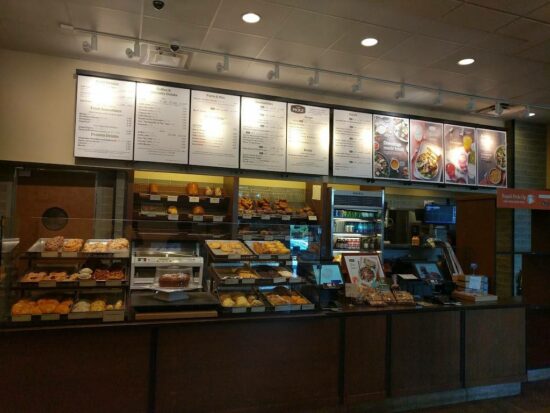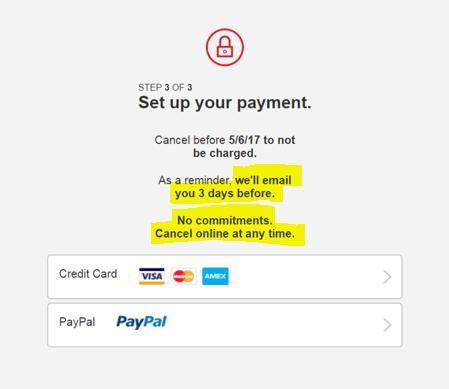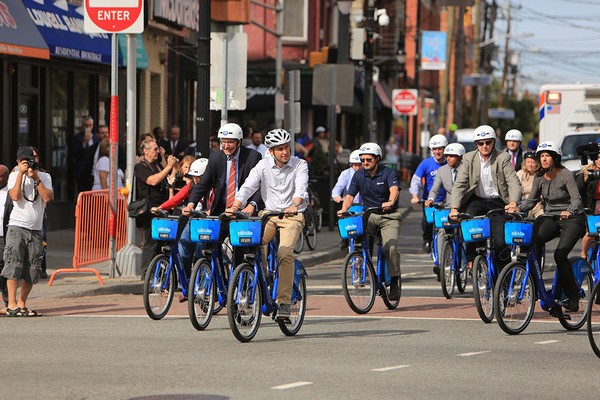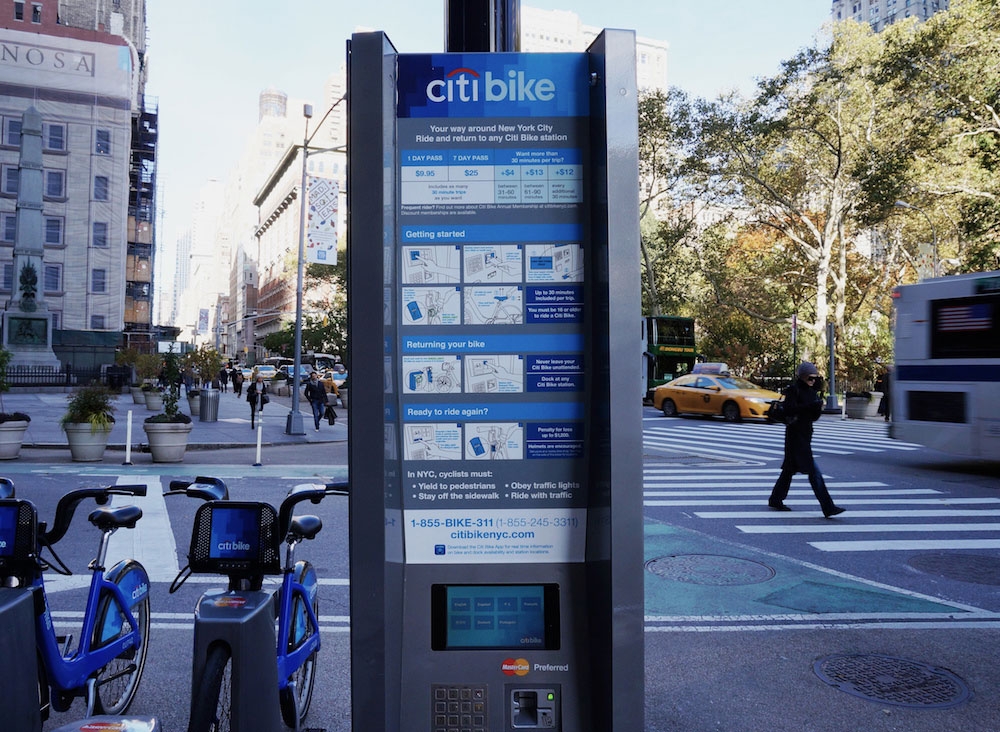
Preventing uncertainty from preventing action
Preventing uncertainty from preventing action
Lost and confused
Today’s email starts with a story. It’s about the very first time I went to Panera Bread.
Picture it: Poughkeepsie, New York, 2015. I enter the store, hungry and excited to try something new.
Immediately, I come face-to-face with a massive ordering counter. It feels like it stretches the full length of the store and it’s crowded with pastries, bags of chips, cash registers, order pick-up spots, drink dispensers, and more.
Hanging above it all is a series of menu signs, 8 to 10 in a row, that look similar to one another. Do they say different things or are they on repeat?


My eyes dart around, scanning for cues to help guide me on where and how to start, but it’s not clear. There are no prompts, no pops of color to help me focus, no arrows pointing the way.
I begin feeling overwhelmed; my anxious brain telling me to leave before I do something wrong or embarrassing.
I quickly realize my mistake in coming during off-peak hours – there were no people already in line that I could just follow, and no one actively waiting at the register for me to ask for guidance.
So, I just stood awkwardly in the middle of the space, unsure of what to do and struggling to hold off my “flight” instincts.
Thank goodness someone else finally came into the store. I graciously (ha!) told them they could order ahead of me, so I could watch and then mirror their steps to order my own food.
What a relief it was to be shown the way!
I successfully got my food and enjoyed it. Yet, I kept thinking about how the stress, anxiety, and discomfort I felt could have been prevented with just a few helpful signs and cues.
When you’re not sure what to do, you may not do anything at all.
My experience and feelings that day at Panera Bread were a result of UNCERTAINTY.
Have you ever had an experience like that?
These are moments where you’re not sure what to do, and there isn’t any guidance, tips, cues, or support to help you, so you’re left to your own devices to figure it out.
If you have experienced this before, then you know it sucks.
From a behavior change perspective, it can be a real missed opportunity.
Because uncertainty typically impacts a segment of our audience who is ready and willing to do something new or different, but the lack of guidance and clarity on HOW to do it might prevent them from following through on their intention.
That sucks, too!
We know how hard it is to get people motivated to do something and it’s really a shame to lose them for a reason that’s avoidable.
Since in most cases, the cause of uncertainty is on us. It’s the result of not keeping the audience, the end-user, in mind when designing, building, or communicating about the new thing.
Matej Sucha, a behavioral economist, has a great series of LinkedIn posts with examples of uncertainty in action and creative ways of removing it to support the audience:
» Intro post, which includes this line that helps explain the feeling, “We hate uncertainty. It’s actually one of the most agonizing feelings we can experience and that’s why we avoid situations of uncertainty.”
» Uncertainty at self-checkout counters: why don’t more people use them?
» Uncertainty when ordering clothes online: how do I know if it will fit me?
» An uncertainty twist! Among all the things people were unsure about, there was one big one preventing action.
» An example of removing uncertainty, courtesy of Netflix. Note: in this post, Matej claims that motivating people to do something is the wrong approach and instead we need to focus on uncertainty. I’d like to advocate for doing both.

Preventing uncertainty from preventing action
There are a number of ways we can reduce or remove uncertainty to help our engaged audience follow through on their intentions.
Some of these I’ve covered in previous posts, like having a clear call-to-action, using descriptive or dynamic norms, and removing all the hassle factors (a big piece of the uncertainty puzzle).
This is also an area where we can work more with visual cues to help guide the audience.
That may involve showing people doing the desired behavior so the audience can see what it looks like and how other people do it.

Or it may require showing each step of a new and complex process to walk our audience through the whole thing. Like how this bicycle rental kiosk includes an image for each step.
This was actually a re-design of the instructions after it was discovered that many people were approaching the kiosk with the intention of renting a bicycle, but after staring at the below version for a few minutes, they would ultimately walk away without completing the transaction.
That’s uncertainty in action.
I cover the Citibike approach in more detail in my Creating Conservation Movements booklet, which is only available to my email subscribers. Interested in getting it? Sign up here.
The concept of uncertainty is another reminder to put ourselves in our audience’s shoes and explore what the experience may be like from their perspective.
Better yet, ask some people to “test drive” the instructions, the website, the process, or the experience to discover what they find clear and intuitive, and where additional guidance is needed.
I have rarely been back to Panera Bread since that first visit, but if I ever see someone who looks as lost and confused as I did, then I’ll happily walk them through the steps.




